World famous trainer Vladimirov visits Mumbai
The chess scene in the city of Mumbai has been booming lately. Mainly because of the training camps being conducted by experienced and well-known coaches. This scene received a further boost when the famous trainer Evgeny Vladimirov made his way to the Dhirubhai Ambani School for a coaching camp in the first week of May. He was joined by the strong GM Abhijit Kunte. We have pictures, a beautiful game and also two Vladimirov gems for you to solve.
Evgeny Vladimirov is a world renowned trainer and was a second of Garry Kasparov in his matches against Anatoly Karpov. It is natural that the visit of such a strong grandmaster to Mumbai and conducting a coaching camp would boost the morale of chess players in the city.
The coaching camp was held from the 1st to the 7th of May in Dhirubhai Ambani International School in Bandra, Mumbai. Nearly 55 students attended the camp which was bifurcated into beginner, intermediate and advanced batch. This camp was possible because of Salil Ghate, who convinced the school authorities of the idea to invite a strong grandmaster like Evgeny Vladimirov to teach the students.


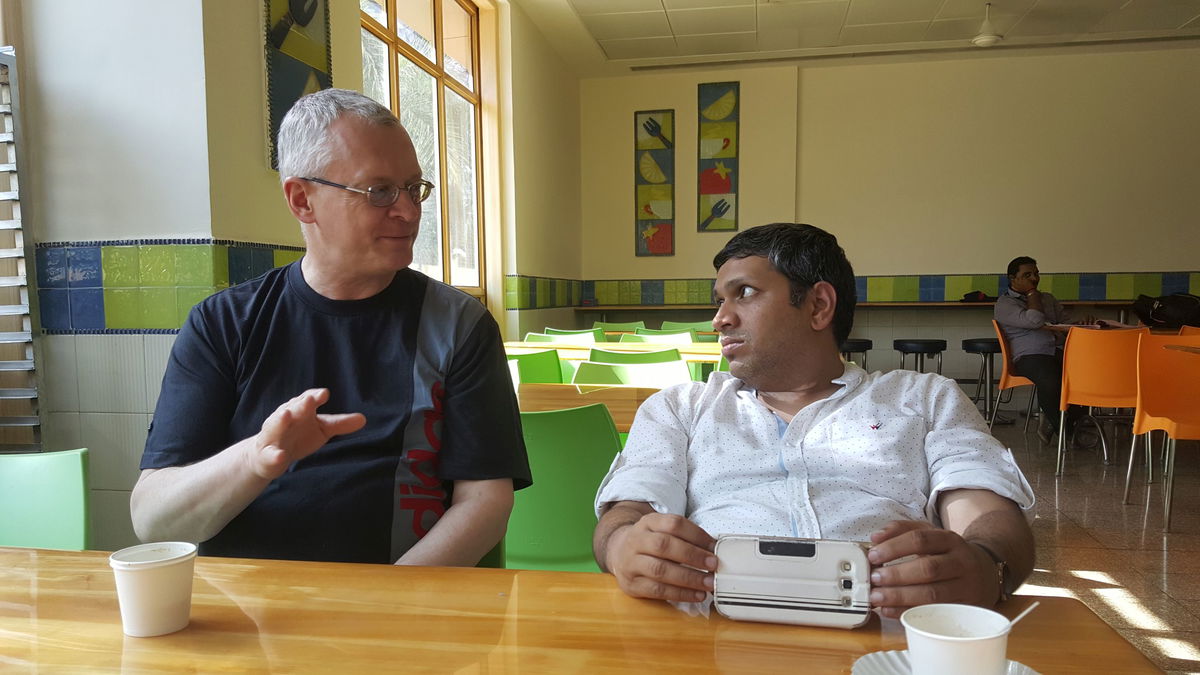
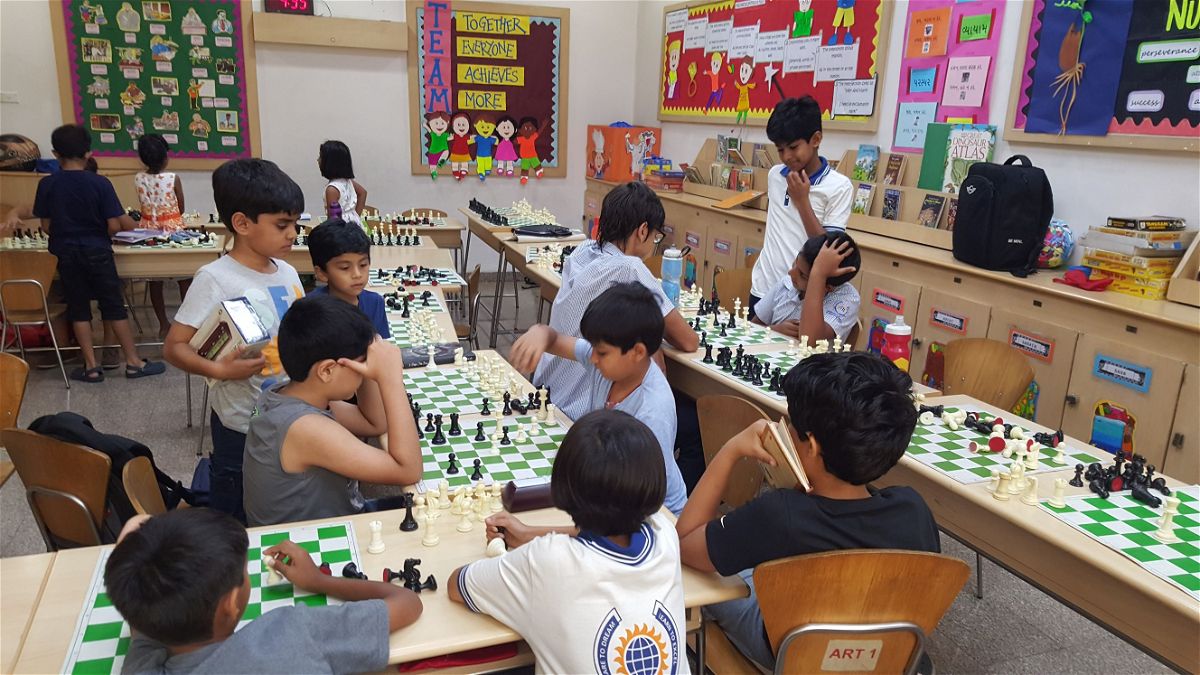






[Site "Tilburg"]
[Date "1991.??.??"]
[Round "4"]
[White "Short, Nigel D"]
[Black "Timman, Jan H"]
[ECO "B04"]
[WhiteElo "2660"]
[BlackElo "2630"]
[Annotator "Rogers,I"]
[PlyCount "60"]
[EventDate "1991.10.??"]
[EventType "tourn"]
[EventRounds "14"]
[EventCountry "NED"]
[EventCategory "17"]
[Source "ChessBase"]
[SourceDate "1992.02.01"]
O-O 9. h3 $1 {By preventing ...Bg4 White ensures that Black will be unable to
lay siege to the e5 pawn, keeping Black's bishop on g7 permanently out of play.
} a5 10. a4 dxe5 11. dxe5 Nd4 12. Nxd4 Qxd4 13. Re1 e6 14. Nd2 $1 Nd5 15. Nf3
Qc5 16. Qe4 Qb4 {Black is trying to prevent the transfer of White's queen to
h4 but Short is prepared to ruin his pawn structure and give up the bishop
pair just to gain h4 for his queen.} 17. Bc4 $1 Nb6 18. b3 $1 Nxc4 19. bxc4 Re8
20. Rd1 Qc5 21. Qh4 b6 22. Be3 Qc6 $6 {Now White is free to pursue his
kingside attack without hindrance.} (22... Qf8 {was necessary.}) 23. Bh6 Bh8
24. Rd8 $1 Bb7 25. Rad1 Bg7 26. R8d7 $1 ({Against other moves} 26. Qe7 {
(now answered by} Bxh6 {) would have been very strong.}) 26... Rf8 ({After}
26... Bxh6 27. Qxh6 {White threatens 28.Rxf7!.}) (26... Qe4 27. Rxf7 $3 {
Timman saw this move too late (Anand).}) 27. Bxg7 Kxg7 28. R1d4 Rae8 29. Qf6+
Kg8 30. h4 h5 *
Nigel Short vs Jan Timman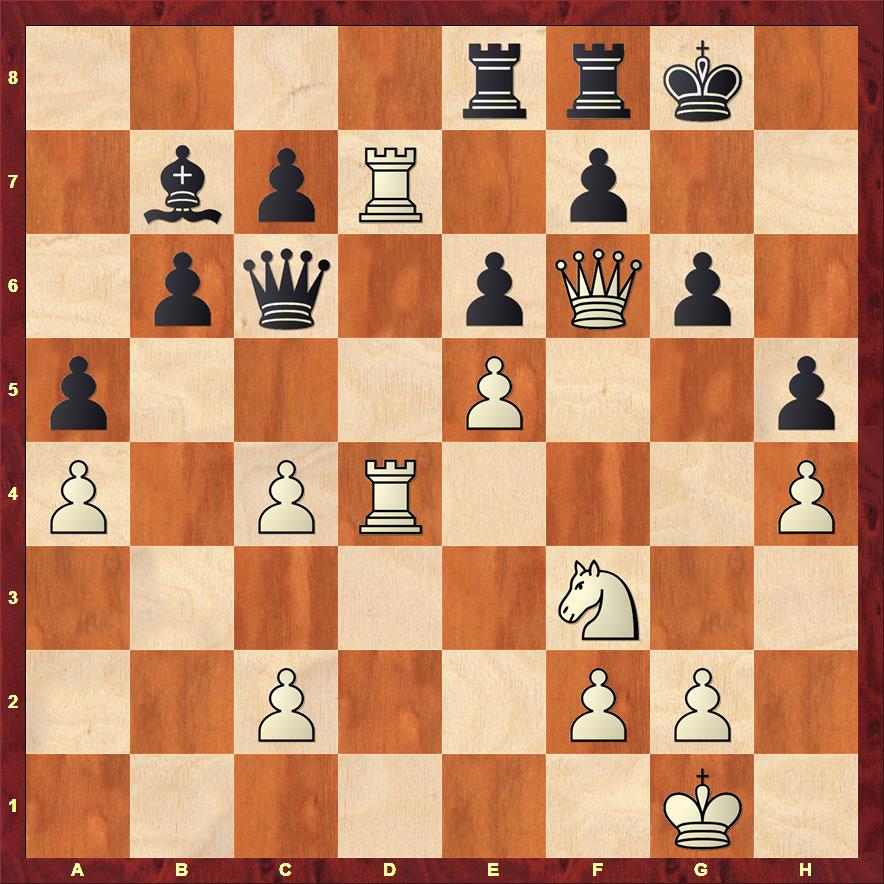
Most of the readers might have seen this game and would know the brilliant end. But none of the kids (except one) knew this game. And hence it was a great learning experience for them.
This is how the game ended:
[Site "Tilburg"]
[Date "1991.??.??"]
[Round "4"]
[White "Short, Nigel D"]
[Black "Timman, Jan H"]
[Result "1-0"]
[ECO "B04"]
[WhiteElo "2660"]
[BlackElo "2630"]
[Annotator "Rogers,I"]
[SetUp "1"]
[FEN "4rrk1/1bpR1p2/1pq1pQp1/p3P2p/P1PR3P/5N2/2P2PP1/6K1 w - - 0 31"]
[PlyCount "7"]
[EventDate "1991.10.??"]
[EventType "tourn"]
[EventRounds "14"]
[EventCountry "NED"]
[EventCategory "17"]
[Source "ChessBase"]
[SourceDate "1992.02.01"]
Kh6 $1 {Black cannot avoid mate on g7.}) 1-0
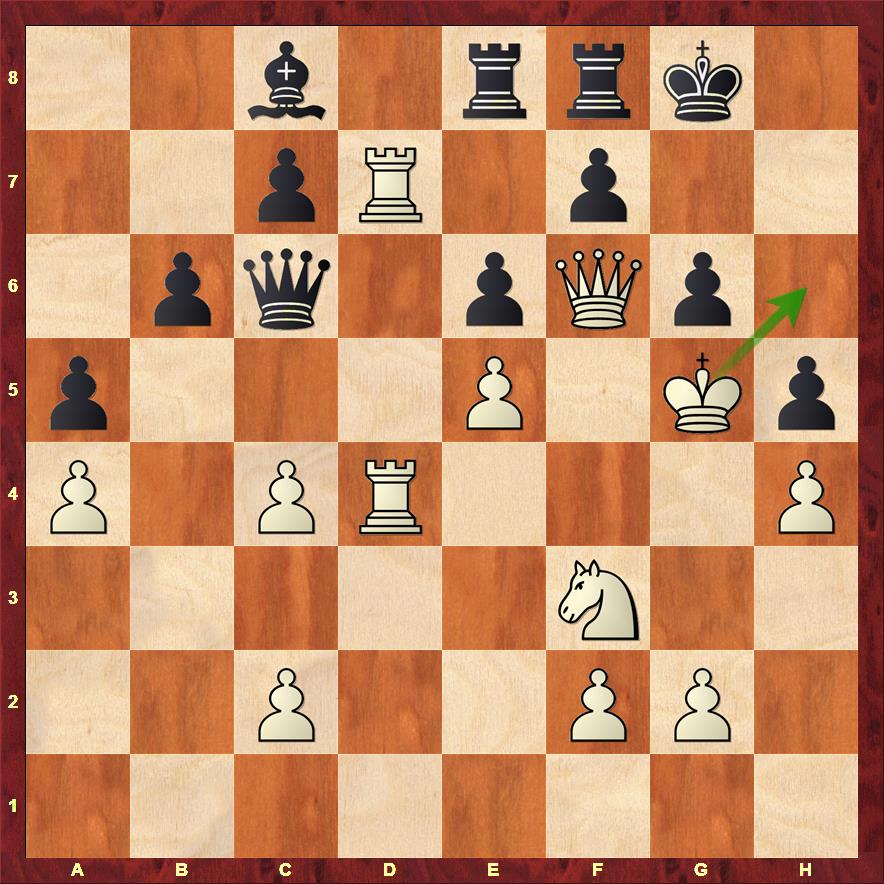
This is one game that cannot be easily forgotten! All the kids had to think over the "king is a defensive piece" statement that they made at the start of the game.
Even though I had seen this game many times, I always had one doubt in my mind:

When Nigel played his king to h2, Timman unaware of this brilliant idea played the planless Rc8. What if Black had gone Bc8? What would have White done? And the answer to it is quite magnificient.
[Site "Tilburg"]
[Date "1991.??.??"]
[Round "4"]
[White "Short, Nigel D"]
[Black "Timman, Jan H"]
[Result "1-0"]
[ECO "B04"]
[WhiteElo "2660"]
[BlackElo "2630"]
[Annotator "Rogers,I"]
[SetUp "1"]
[FEN "4rrk1/1bpR1p2/1pq1pQp1/p3P2p/P1PR3P/5N2/2P2PP1/6K1 w - - 0 31"]
[PlyCount "7"]
[EventDate "1991.10.??"]
[EventType "tourn"]
[EventRounds "14"]
[EventCountry "NED"]
[EventCategory "17"]
[Source "ChessBase"]
[SourceDate "1992.02.01"]
Rce8 33. Kf4 $1 Bc8 34. Kg5 $3 (34. Kg5 $3 Bxd7 35. Kh6 $1 {is the main game.})
) 32. g4 $1 {A brilliant stroke.} hxg4 (32... Bxd7 33. gxh5 $18) (32... Bb7 33.
Rd3 Qe4 34. R7d4 Qe2 35. Ng1 $1 Qf1 36. Rg3 $18) 33. Ng5 $1 Bxd7 34. h5 $1 {
with a winning attack.} 1-0
If your mind is inquisitive, there is always something to learn!
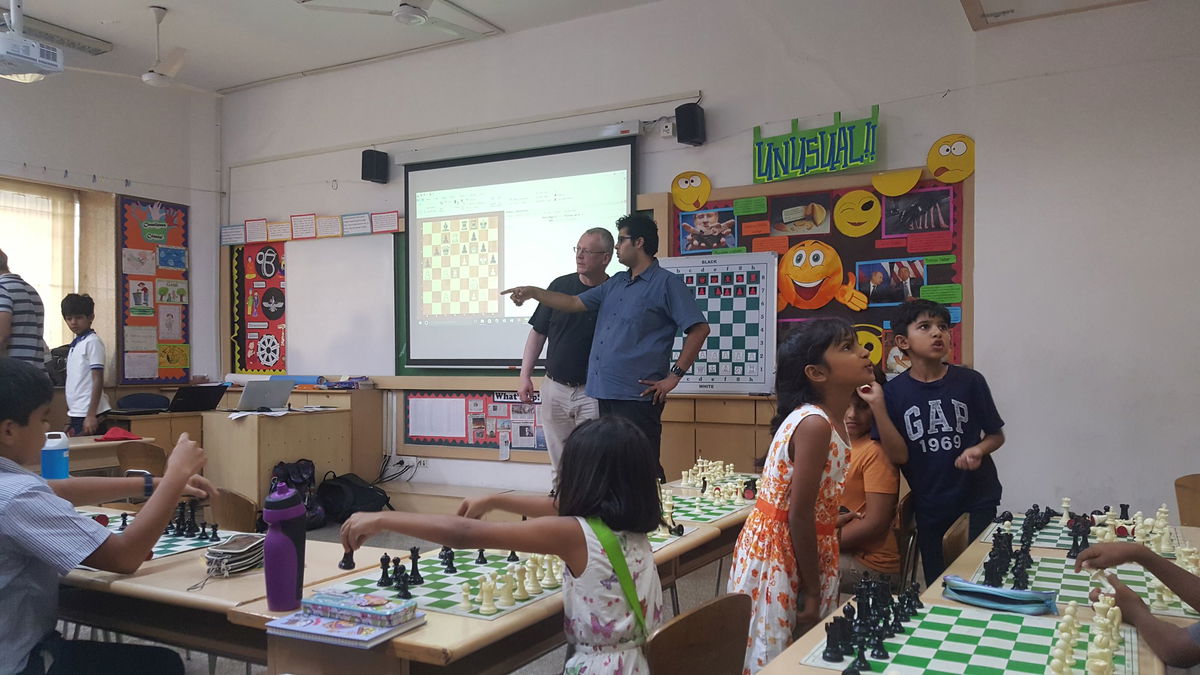

Position 1

Position 2

Solution 1
[Site "Kolkata"]
[Date "2001.02.13"]
[Round "8"]
[White "Vladimirov, Yevgeniy"]
[Black "Mikhalevski, Victor"]
[Result "1-0"]
[ECO "A57"]
[WhiteElo "2612"]
[BlackElo "2500"]
[Annotator "Tyomkin,D"]
[SetUp "1"]
[FEN "3q1rk1/1b2bppp/pn4r1/2p1B3/2B5/P4N2/1P1Q1PPP/2KR3R w - - 0 19"]
[PlyCount "19"]
[EventDate "2001.02.06"]
[EventType "swiss"]
[EventRounds "11"]
[EventCountry "IND"]
[Source "ChessBase"]
[SourceDate "2001.05.17"]
attack of white.} (19... Rxf7 20. Qxd8+ Bxd8 21. Rxd8+ Rf8 22. Rxf8+ Kxf8 23.
Nh4 $16 {Black can survive for a while in this ending.}) 20. Qf4+ Ke6 (20...
Kg8 21. Rxd8 Bxd8 22. Qe3 Re8 $1 (22... Rxg2 23. Bd6 $1 $18) 23. Re1 Rxg2 {
The material here is bishop+rook for queen of white, but black can create some
complications here.}) 21. Bf6 $3 {White had to see this move, while playing 19.
Bxf7.} gxf6 $2 {Out of all captures, black probably had chosen the worst one.}
(21... Rfxf6 22. Qe3+ Kf7 23. Rxd8 Rxf3 24. gxf3 Bxd8 25. Re1 {Material here
is:3light pieces for queen and pawn, and it gives white the advantage.}) (21...
Qxd1+ 22. Rxd1 Rfxf6 23. Qe3+ Kf7 24. Ne5+ Ke8 25. Nxg6 Rxg6 {The same as in
the previous line the material balance is 3light pieces for queen and pawn,
and white is better also here.}) 22. Rhe1+ $18 Kf7 23. Ne5+ (23. Rxd8 Bxd8 24.
Ne5+ {- as in the game.}) 23... Kg7 24. Nxg6 hxg6 25. Rxd8 Bxd8 26. Rd1 {
After this move black can not hold his position.} Bd5 27. Qd6 Bb3 28. Qxf8+ $1
(28. Qxf8+ Kxf8 29. Rxd8+ Ke7 30. Rb8 {White wins a piece, staying with
exchange and pawn up.}) 1-0
Solution 2
[Site "Moscow "]
[Date "1986.12.10"]
[Round "1.6"]
[White "Tseshkovsky, Vitaly"]
[Black "Vladimirov, Yevgeniy"]
[Result "0-1"]
[ECO "C42"]
[WhiteElo "2490"]
[BlackElo "2490"]
[Annotator "RR"]
[SetUp "1"]
[FEN "r2r2k1/q4pp1/7p/3b4/pQ6/5N2/P4PPP/R2R2K1 b - - 0 25"]
[PlyCount "11"]
[EventDate "1986.01.12"]
[EventType "team-match"]
[EventRounds "2"]
[EventCountry "URS"]
[Source "ChessBase"]
[SourceDate "2009.11.30"]
[WhiteTeam "Moscow Trud"]
[BlackTeam "Moscow CSKA"]
[WhiteTeamCountry "URS"]
[BlackTeamCountry "URS"]
25... Bxa2 $3 26. Rxd8+ Rxd8 27. Rxa2 Rd1+ 28. Ne1 Qb7 $1 29. Qa5 (29. Qc3 Qb1
30. Re2 a3 $1 $19) 29... Qd5 30. Qc3 Qxa2 0-1



